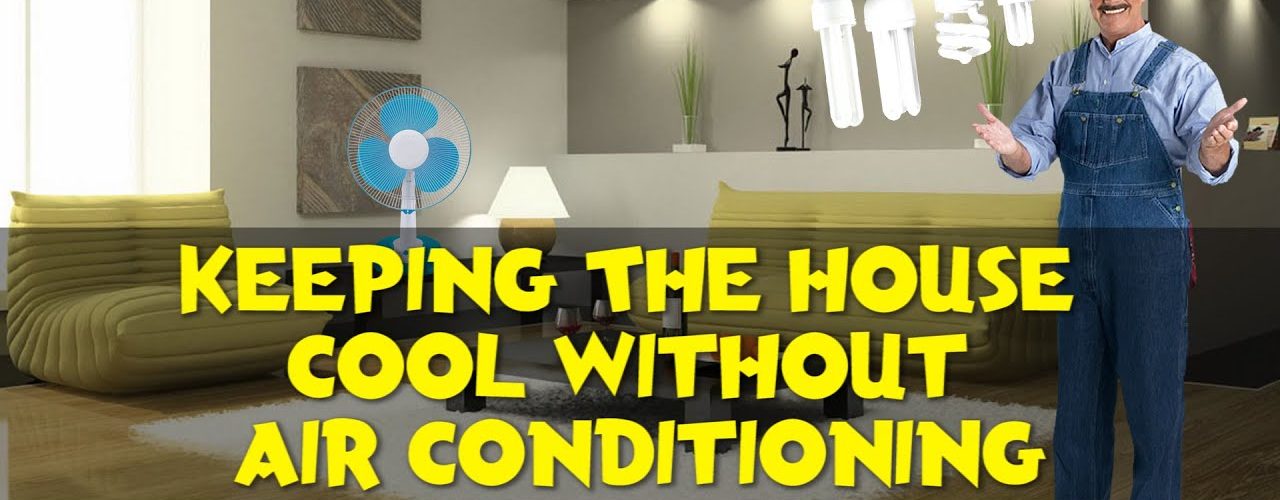These days, we’re not only concerned about energy costs but about consumption. If you’re looking to beat the heat without turning on the AC, or if your dwelling doesn’t have an air conditioner, these tips may help you stay a bit cooler during the sweltering summer months.
Turn off sources of heat. Incandescent bulbs, the stove, your computer, the coffeemaker and other small appliances release heat into your home. Who wants to cook when it’s 90 degrees out anyway? Have a salad and some iced tea instead. Better yet, break out the popsicles and ice cream.
Invest in blackout curtains/blinds. Some versions of blackout curtains are even made with thermal insulation, which would make them useful in both summer and winter. In the summer, however, they’re especially useful to keep a room dark and cool.
Use fans. Although fans do not actually cool a room (the electricity driving the fan turns into heat) they create a wind chill effect. By blowing the air around, the fan helps you evaporate the sweat from your skin, which is how you disperse body heat. The great the rate of evaporation, the cooler you will feel.
Closely watch the temperatures both indoors and out. When it is cooler outside, open the windows. If possible, it’s good to open windows on either side of the room for cross-ventilation. If you have operable skylights, open those up to let out the hottest air. Shut the windows when it heats up outside to contain the cool air inside your home.
Add some ice in front of your fans. You can create a mini air conditioning effect by pairing your fans with a container of ice. A gallon jug filled 3/4 full of water and frozen over night will work nicely for this purpose – just put it on a tray or in a bowl to catch the condensation. Set your fan behind the ice – as the air blows over the ice and onto you, it should get cooler.
Use the “fan only” setting on your heating system to keep the air moving. If your home does not have an AC unit, you may not think of looking at the thermostat during the summer. But there should be a switch for the fan – usually it will say “auto” or “on.” Move the switch the the “on” position. This will add air circulation.
Install heat-reflecting film on windows that get a lot of sun exposure. Not only will this keep your house cooler, it will also block the UV rays from fading your fabrics, furnishings and artwork. Window film is available at your local home improvement store. It’s very inexpensive.
Reduce indoor humidity Humidity makes air feel warmer, so if possible minimize cooking, showering and washing clothes during the hottest part of the day.
Stay downstairs. The rooms on the lower level of your house are likely to be cooler. If you have to go upstairs to go to bed, take a cold shower before you turn in for the night. For even more relief from the heat at night, store your pillowcase and fitted sheet in the freezer during the day and put them on the bed right before you climb in – it will be a temporary but welcome respite from the heat.



